 Corte Madera’s departure from ABAG won’t solve any of their problems – indeed, it will compound them. Despite the town’s protestations that housing mandates are imposed upon them by unelected, unaccountable bureaucrats that don’t understand the town, the fact remains that by quitting ABAG they have simply gone from an organization where they had a say to a state housing department where they have no say.
Corte Madera’s departure from ABAG won’t solve any of their problems – indeed, it will compound them. Despite the town’s protestations that housing mandates are imposed upon them by unelected, unaccountable bureaucrats that don’t understand the town, the fact remains that by quitting ABAG they have simply gone from an organization where they had a say to a state housing department where they have no say.
If Corte Madera were serious about regaining local control over whether it will build any housing or not, it would look for ways to work within the system while seeking its reform. In their ill-informed haste, Corte Madera left behind two important tools in the ABAG toolbox: forming a subregion, and allocation trades.
Shrink the fish pond
A subregion is a group of governments assigned their state housing needs as a block, and the subregion may then divvy up the allocations between members as they see fit. This gives local governments significantly more control over planning decisions as staff is necessarily closer to the ground and even the smallest minnow of a town has a greater voice in a smaller fish pond.
An effective Marin subregion would need to involve the whole of the county's towns and cities. Policy decisions, such as factors for the allocation methodology, would be decided by either the county’s ABAG delegation or the Marin County Council of Mayors and Councilmembers, consisting of all 60 of Marin’s elected councilmembers and supervisors. Either way gives the process legitimacy, something ABAG is sorely lacking, and allows the public to be more involved decisionmaking.
Napa took advantage of the subregional option this RHNA cycle, forming a subregion for precisely the reasons of local control and to address local concerns. Their draft methodology will likely include factors such as water availability and traffic, both serious concerns in Marin as well, and will involve significant negotiations between individual jurisdictions.
Alas, the time to form a subregion has passed. Protests against this last RHNA cycle focused on the state’s supposed usurpation of local control and the deleterious effects thereof and so never got around to more productive lines of thought like forming a subregion. Even if Marin were to establish a subregion tomorrow, the upcoming RHNA cycle would not take the subregion into account. This process requires patience, and the blinkered opponents of RHNA are motivated by righteous anger, not calculated political moves.
Trading spaces
Luckily, ABAG allows localities who find their allocations particularly onerous to trade away some of their housing allocations, so long as a jurisdiction doesn't entirely abdicate its responsibility for new housing, compensates the receiving jurisdiction for the burden, and maintains the overall mix of affordable housing. ABAG must approve the transfer, but is not required to under state law - the Southern California Area Governments, ABAG's SoCal counterpart, does not require review, for example, though it does require the jurisdictions to be contiguous.
While there weren't any trades based on taste last cycle, as there would be if Corte Madera involved, Mountain View did transfer some of its allocation to Santa Clara County for practical reasons. Moffett Field was projected to add jobs, but the town had no jurisdiction over the facility, which was in unincorporated county land, and protested that it was responsible for what amounted to federal workforce housing. Santa Clara, as the proper jurisdiction over Moffett Field, agreed to take over responsibility for the allocated units.
It's unclear whether Corte Madera could be part of such trades while outside ABAG, as it would be the only jurisdiction in the Bay Area not part of the association. Rather, as a jurisdiction receiving its allocation directly from the state it would likely be obligated to zone for the whole batch. Town staff are preparing a report on what happens now that Corte Madera has left ABAG, which should shine more light on that issue.
Either option – forming a subregion, or initiating trades – requires political leadership that can reach across jurisdictional lines and convince those who want to work within the system. It requires patience, and faith in the system, to lead reform, yet by acting so recklessly and counterproductively Corte Madera has shown it cannot be that leader. Unless Marin finds such a leader, opponents of regionalism will continue to burn the only bridges they have back to local control.
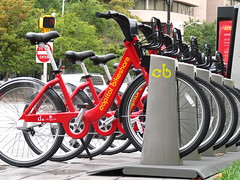


 Over the last year, rage against the Bay Area's alphabet soup of regional authorities has simmered just below the surface of Marin politics. Although the Bay Area Air Quality Management District (BAAQMD) got its share of hate for banning fires over Christmas and the Metropolitan Transportation Commission (MTC) caught flack for housing mandates around SMART, it was the Association of Bay Area Governments (ABAG) and its Regional Housing Needs Allocation (RHNA) process that drew the most fire by forcing localities to zone for more housing. Marinites think their cities are already built out and so were incensed that an unelected agency could tell them to zone for more development. The frustration has finally boiled over in Corte Madera, and there's a push for the town to leave ABAG. It would be a mistake if it did.
Over the last year, rage against the Bay Area's alphabet soup of regional authorities has simmered just below the surface of Marin politics. Although the Bay Area Air Quality Management District (BAAQMD) got its share of hate for banning fires over Christmas and the Metropolitan Transportation Commission (MTC) caught flack for housing mandates around SMART, it was the Association of Bay Area Governments (ABAG) and its Regional Housing Needs Allocation (RHNA) process that drew the most fire by forcing localities to zone for more housing. Marinites think their cities are already built out and so were incensed that an unelected agency could tell them to zone for more development. The frustration has finally boiled over in Corte Madera, and there's a push for the town to leave ABAG. It would be a mistake if it did.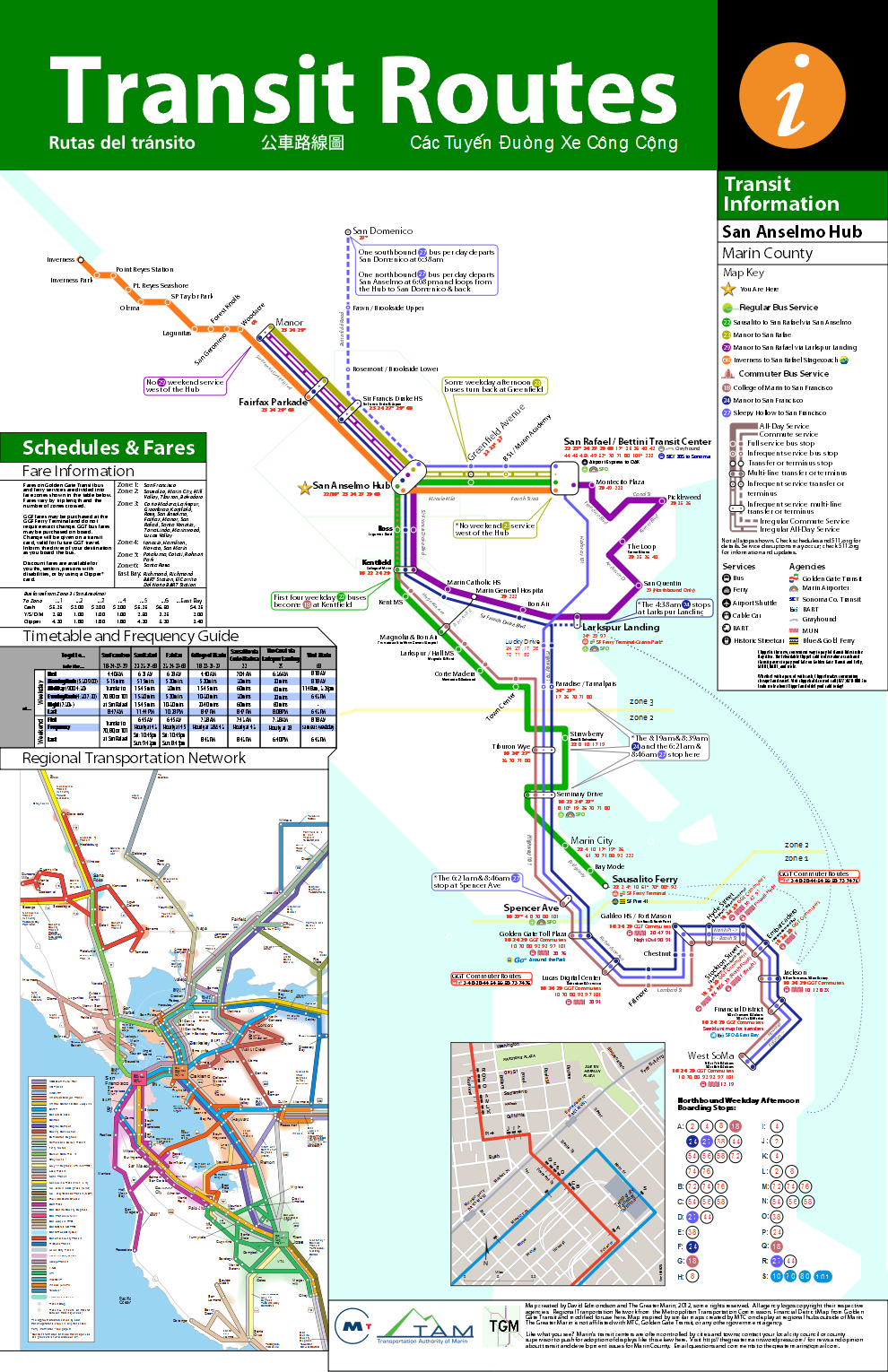
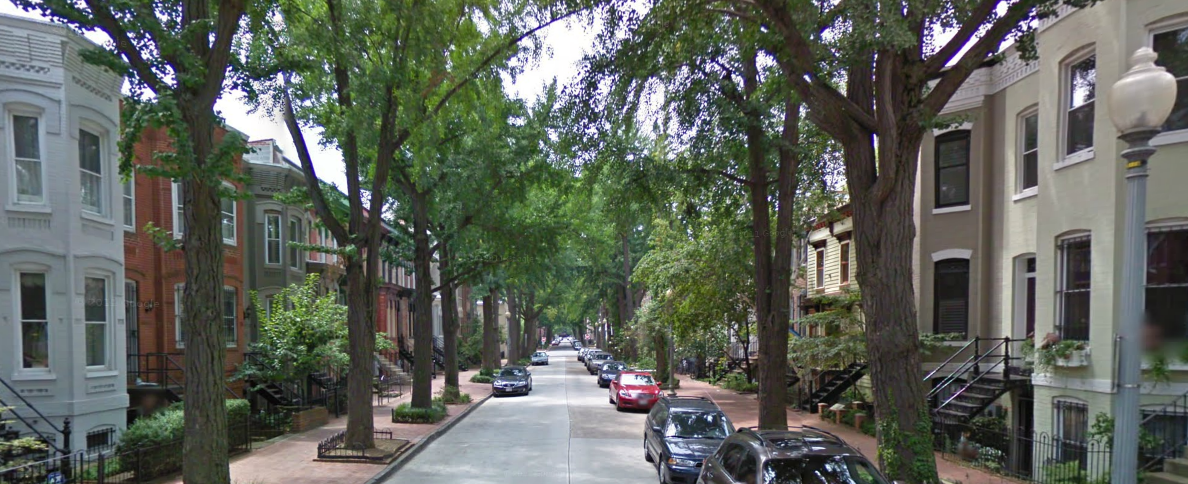



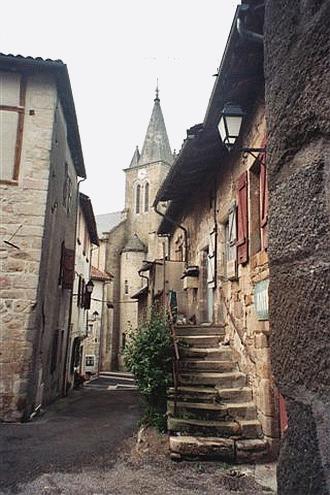


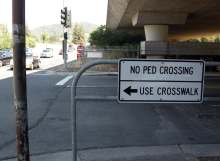
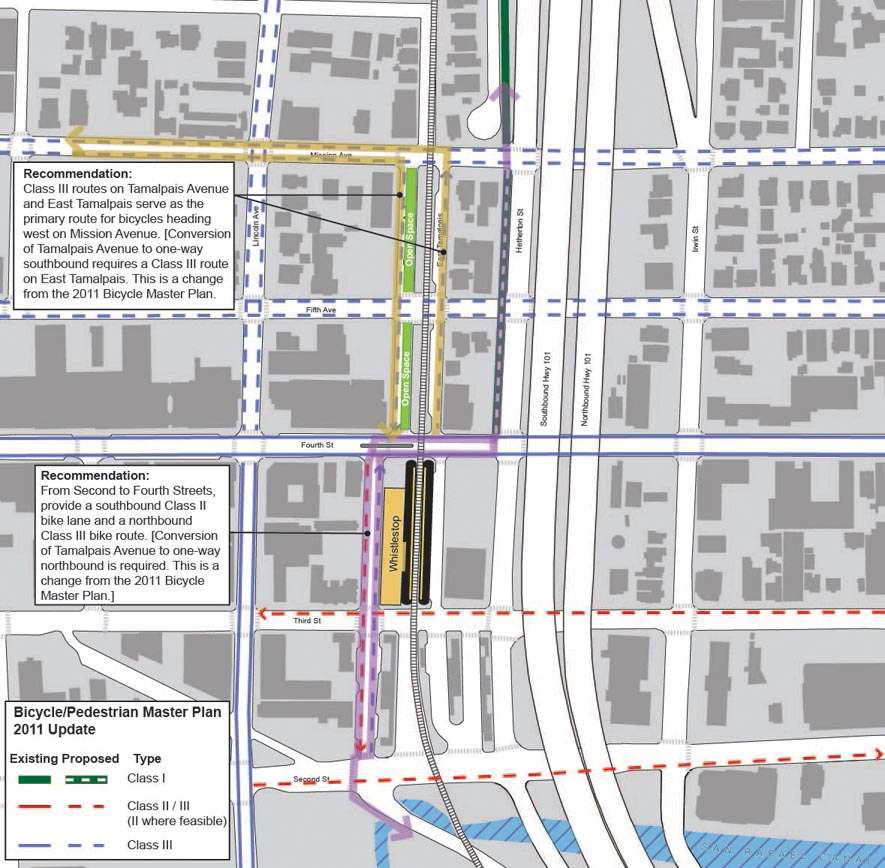

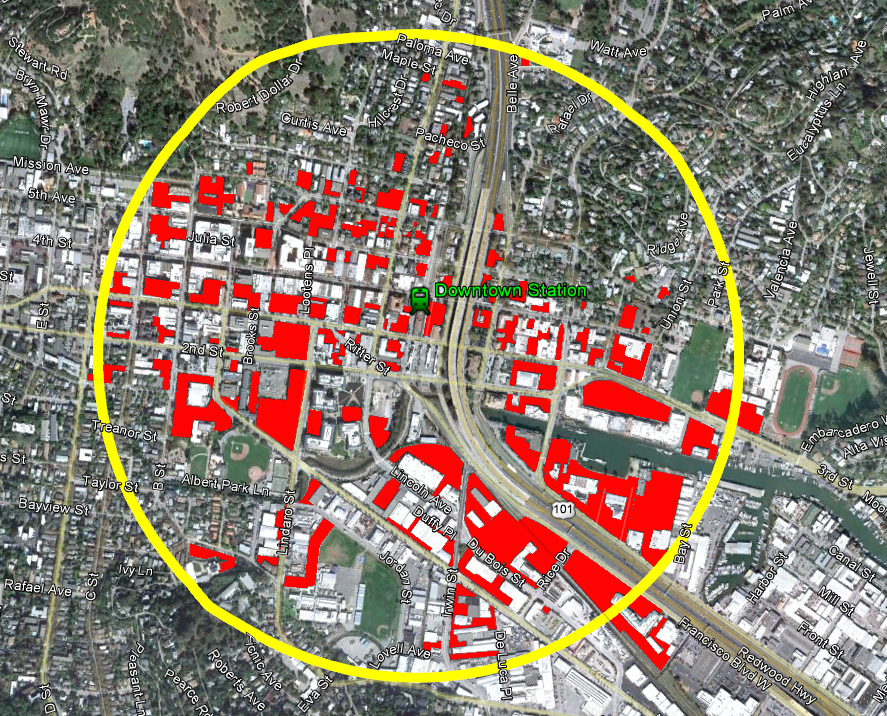
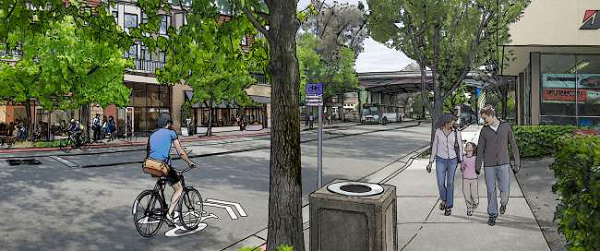



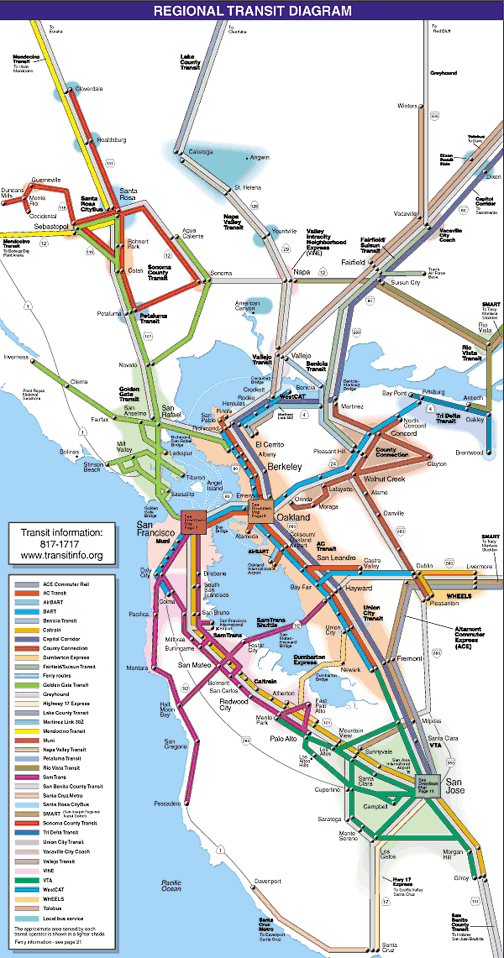
 Casual carpooling, wherein strangers carpool with one another to and from job centers, could be viable in the North Bay, but it will take coordination from citizens and government to make it really take off.
When examining the modes of commuting, typically absent from the conversation is carpooling. Either it happens or it doesn’t, but governments and citizens will fixate on accommodating more traditional modes of transportation: single-occupant vehicles (SOVs, i.e., cars), buses, and trains, rather than actively trying to encourage carpooling.
Casual carpooling, wherein strangers carpool with one another to and from job centers, could be viable in the North Bay, but it will take coordination from citizens and government to make it really take off.
When examining the modes of commuting, typically absent from the conversation is carpooling. Either it happens or it doesn’t, but governments and citizens will fixate on accommodating more traditional modes of transportation: single-occupant vehicles (SOVs, i.e., cars), buses, and trains, rather than actively trying to encourage carpooling.


